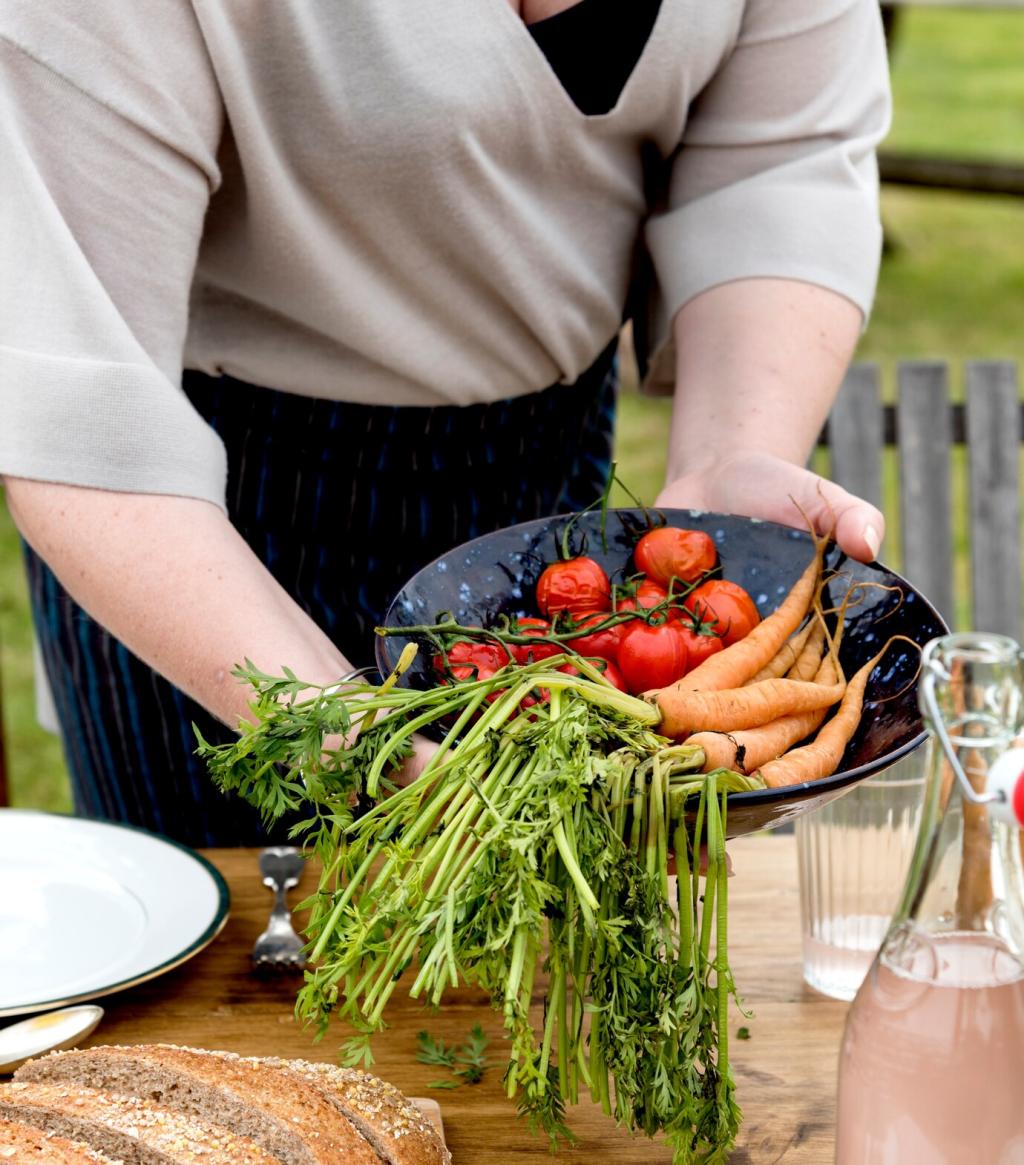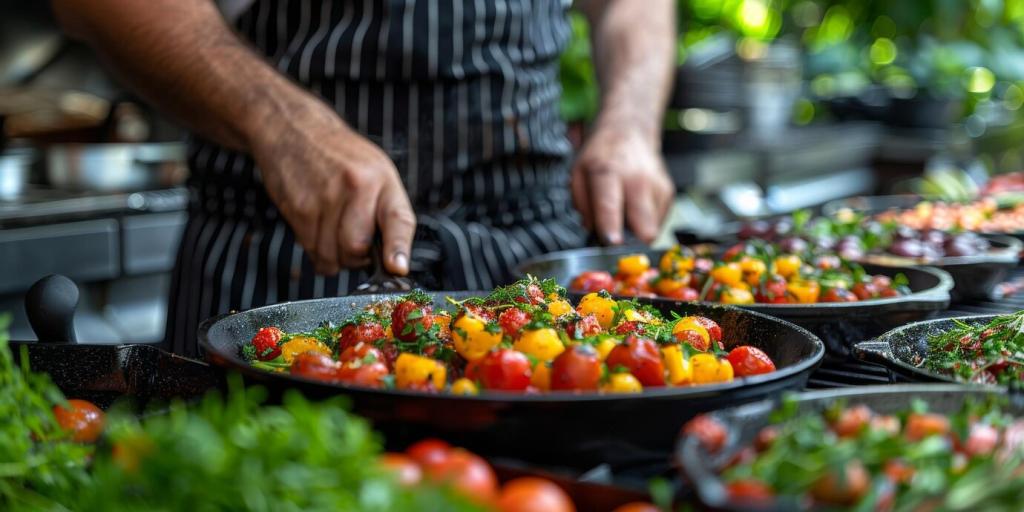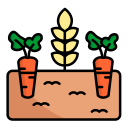
Seasonal Produce Planning for Chefs: From Field to Plate
Chosen theme: Seasonal Produce Planning for Chefs. Welcome to a kitchen-first guide where weather, soil, and timing shape unforgettable plates. Explore practical tactics, honest stories, and chef-tested frameworks. Join our community—comment, subscribe, and share your seasonal wins and hurdles.
Reading the Seasons Like a Chef
Mapping Microclimates and Growing Windows
A ten-mile difference can change harvest timing by weeks. Chefs who map elevation, coastal influence, and soil warm-up rates forecast availability accurately and negotiate smarter. Share your local map tricks and subscribe for our printable regional cheat sheets.


Spotting Peak-Flavor Windows
Peak is a narrow window when sweetness, texture, and aroma align. Build tasting rituals with your team—sample weekly baskets and score produce. Comment with your favorite peak-season telltales, from snap tests to fragrance checks, and follow for ongoing tips.
Supplier Partnerships That Grow With the Weather
One spring, a farmer warned of a cold snap after we felt warm sun in town. We pivoted to pea shoots and overwintered carrots. Field walks reveal truth. Comment with your most surprising field lesson to help peers adapt faster.
Clear specs and flexible volumes reduce panic. Agree on acceptable alternates—broccolini for asparagus, chard for spinach—before crunch time. Add your preferred swaps below, and subscribe to receive our seasonal substitution matrix for chefs.
Storms reroute harvests; heat compresses ripeness. Keep two backup dishes per category that use stable produce. We maintain a rainy-day pantry list. Share your backups and subscribe to get our contingency checklist for sudden menu pivots.
Menu Engineering With Seasonality at the Core
Anchors, Rotations, and Limited-Time Features
Keep foundational components constant—stocks, sauces, grains—then rotate prime seasonal stars. Offer limited-time features that sell out nightly. Tell us which anchor saves you the most labor, and follow for new limited-time feature prompts every month.
Flavor Bridges Across Transitional Weeks
When spring kisses summer, bridge flavors: grilled asparagus with early cherries, or fennel with green strawberries. Guests feel the season turning on the plate. Share your favorite bridge pairing and subscribe for our cross-season pairing guide.
Dietary Mapping Without Losing Seasonality
Build plant-forward frameworks highlighting seasonal produce, then layer proteins. Use nut, dairy, and gluten alternatives that mirror textures rather than overwhelm delicacy. Comment with a successful substitution, and subscribe for our allergy-friendly seasonal swap list.
Preservation, Storage, and Waste-Smart Prep
Quick-pickle radishes, refrigerator-preserve berries, or salt-cure citrus peels to capture fleeting sweetness. Label with harvest dates to track flavor. Tell us your quickest preserve that saves service, and subscribe for our 30-minute preservation playbook.
Costing, Yield, and Inventory Rhythm by Season
Set budget buffers for early-season premiums and shift spotlight when prices spike. Value comes from peak flavor, not just low cost. Share how you smooth price volatility, and subscribe for alerts on seasonal pricing patterns.
Team Training and Guest Storytelling
Taste raw, roasted, and marinated versions of the same ingredient. Teach staff to describe textures and aroma shifts. Share your favorite tasting drill, and subscribe to receive our monthly guided tasting cards for seasonal produce.

Case Study: A Chef’s Spring-to-Early Summer Plan
Week-by-Week Produce Flow
Weeks 1–2: ramps, radishes, overwintered carrots. Weeks 3–4: asparagus, snap peas. Weeks 5–6: cherries, early zucchini blossoms. We built backups for rain delays. Share your weekly flow and subscribe to download a blank planning grid.
Signature Dish, Evolving With Supply
We launched grilled asparagus with lemon aioli, then pivoted to charred snap peas when supply tightened, finally crowning with cherry vinaigrette as summer arrived. Comment with your evolving dish idea and follow for technique breakdowns.
Lessons Learned and Next-Season Tweaks
We needed earlier communication on blossom drop, more jars for quick preserves, and clearer allergen notes. Guests loved transparency. Post your top lesson and subscribe so we can build a shared seasonal playbook together.
